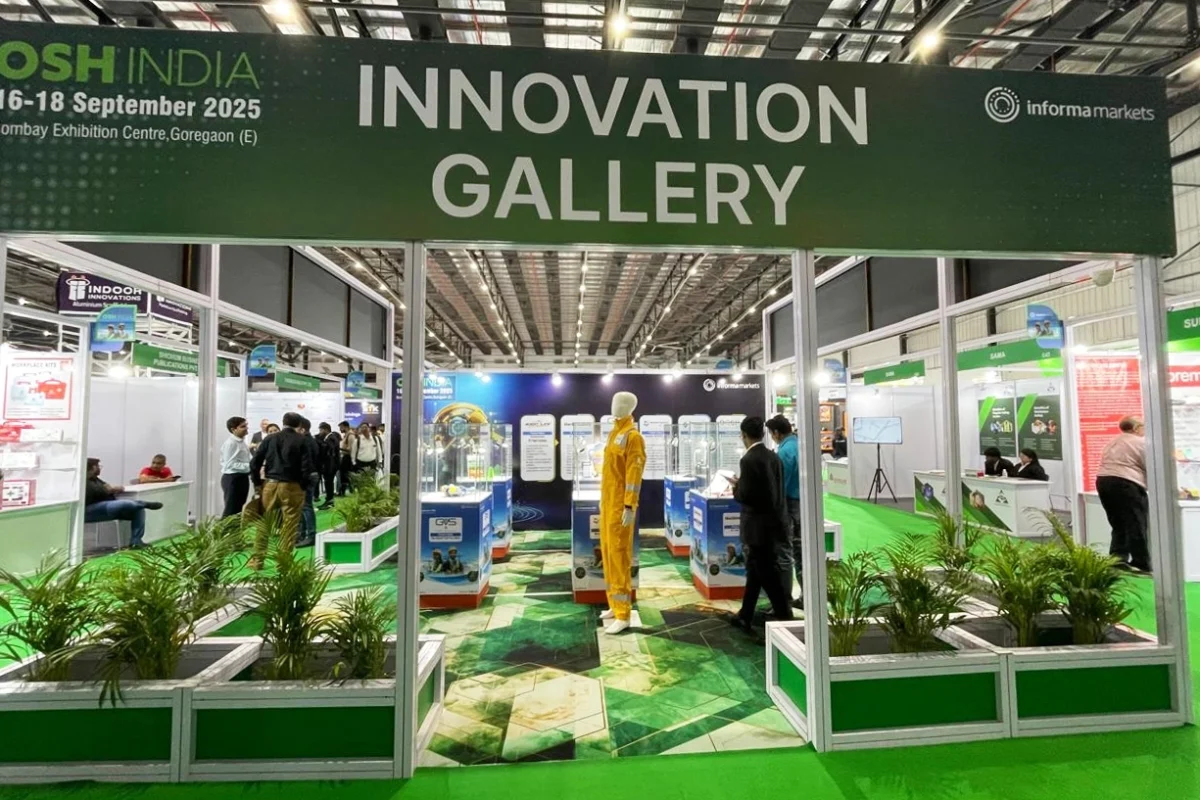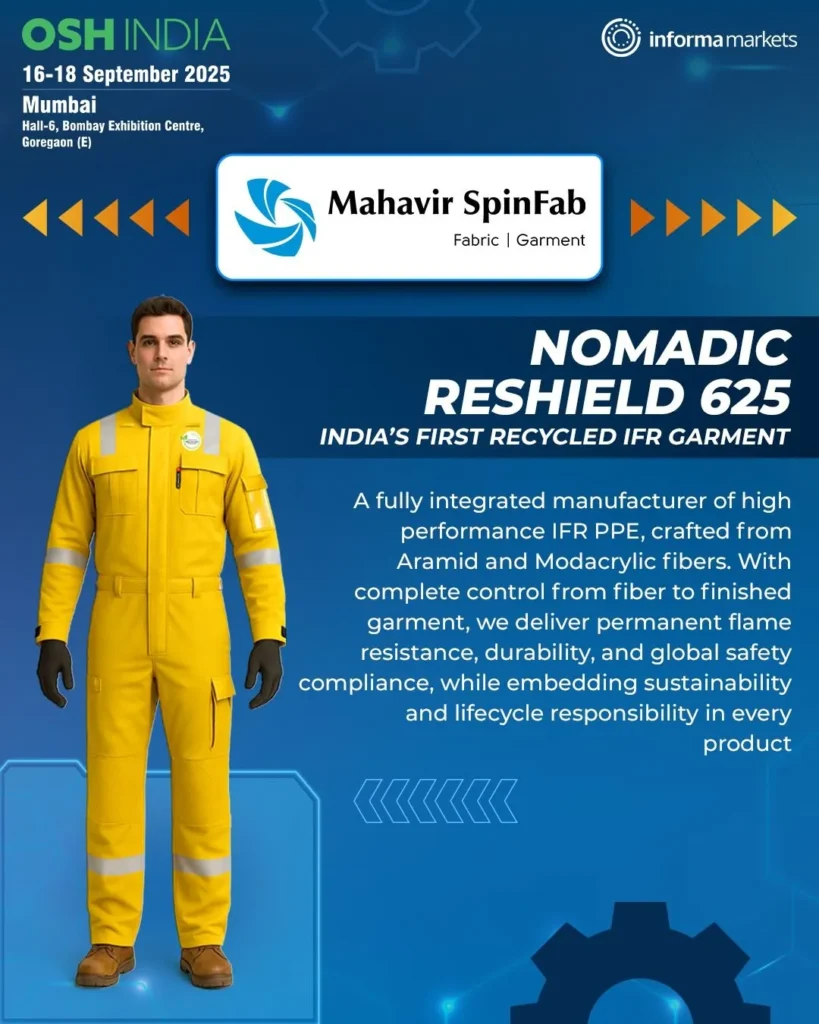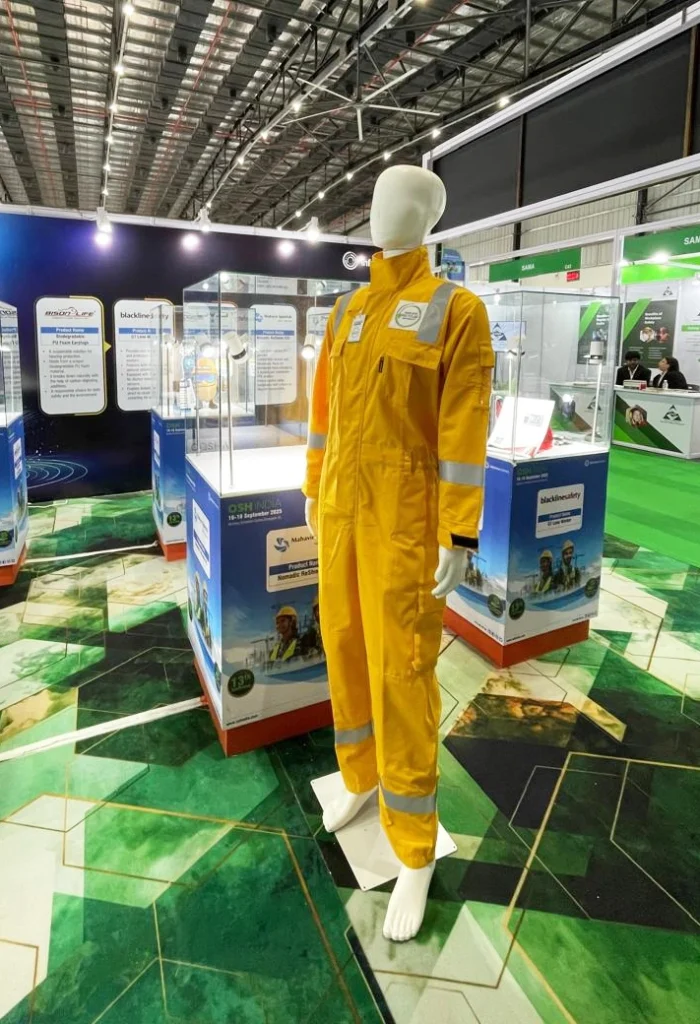Mahavir Spinfab Live at Milipol Paris 2025
📍 Booth: 5C 118
📅 18–21 November 2025
Mahavir Spinfab is proud to announce its participation in Milipol Paris 2025, the world’s leading event for homeland security and defence innovations. This year, we are unveiling a powerful lineup of next-generation defence textile technologies designed to meet the evolving needs of modern armed forces.
Unveiling Advanced Defence Textile Solutions
At our booth, visitors will experience a comprehensive range of cutting-edge protective solutions, engineered with precision, durability, and mission performance at their core.
🔹 Combat Suits with IFR & NIR Capabilities
Our combat suits are built to deliver superior protection without compromising mobility. Featuring Inherent Flame Retardant (IFR) performance and effective Near-Infrared (NIR) signature management, these suits ensure enhanced survivability across diverse operational environments.
🔹 Advanced Flight Suits
Designed for maximum comfort and safety, our flight suits incorporate high-strength fabrics, thermal stability, and ergonomic tailoring—supporting aircrew in demanding, fast-paced mission profiles.
🔹 Multi-Spectral Camouflage Nets (MSCN)
Our MSCN systems offer advanced concealment across multiple spectral bands, including visible, NIR, SWIR, and thermal. Whether for mobile units or fixed installations, these nets provide reliable protection against modern surveillance and targeting systems.
Why Visit Mahavir Spinfab at Milipol 2025?
First-hand experience of breakthrough textile engineering
Live product demos and technical insights
Direct discussions with our R&D and defence solutions specialists
Opportunities for collaboration with a global defence ecosystem
We warmly invite industry partners, procurement agencies, and defence leaders to visit us and discover what sets Mahavir Spinfab apart in the world of protection textiles.
👉 Schedule a meeting and explore our full product range:
https://mahavirspinfab.com/defence-protective-solutions-milipol-paris/




